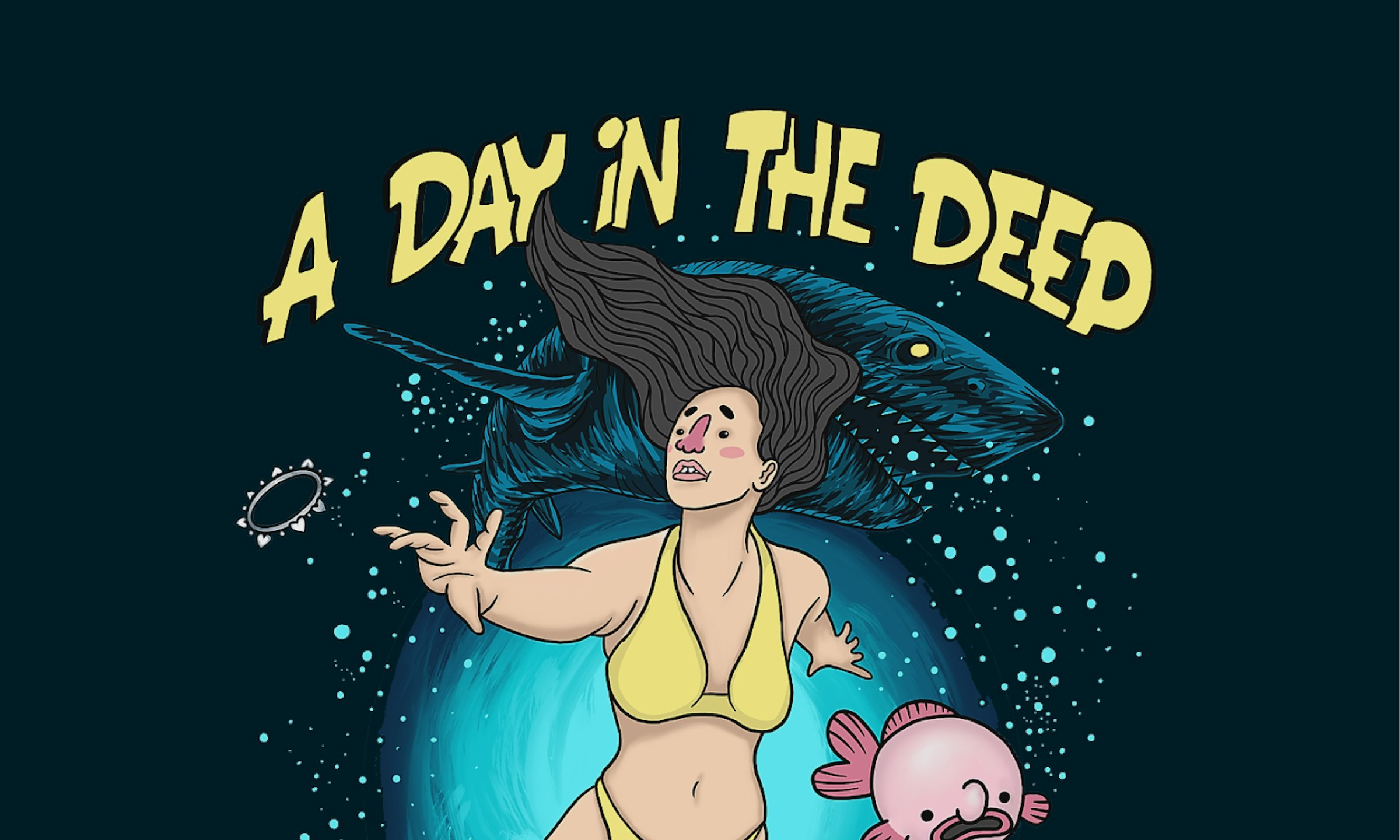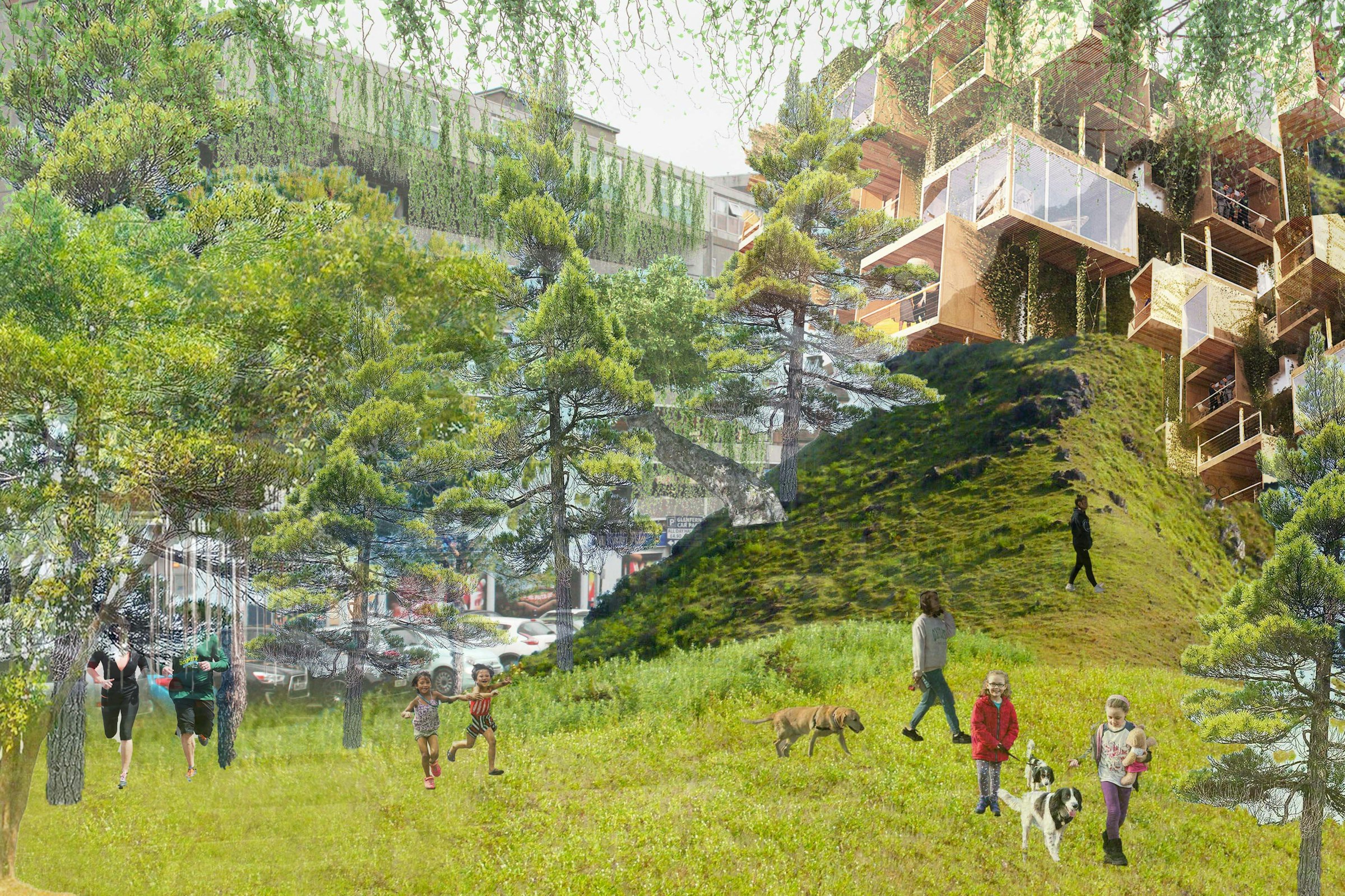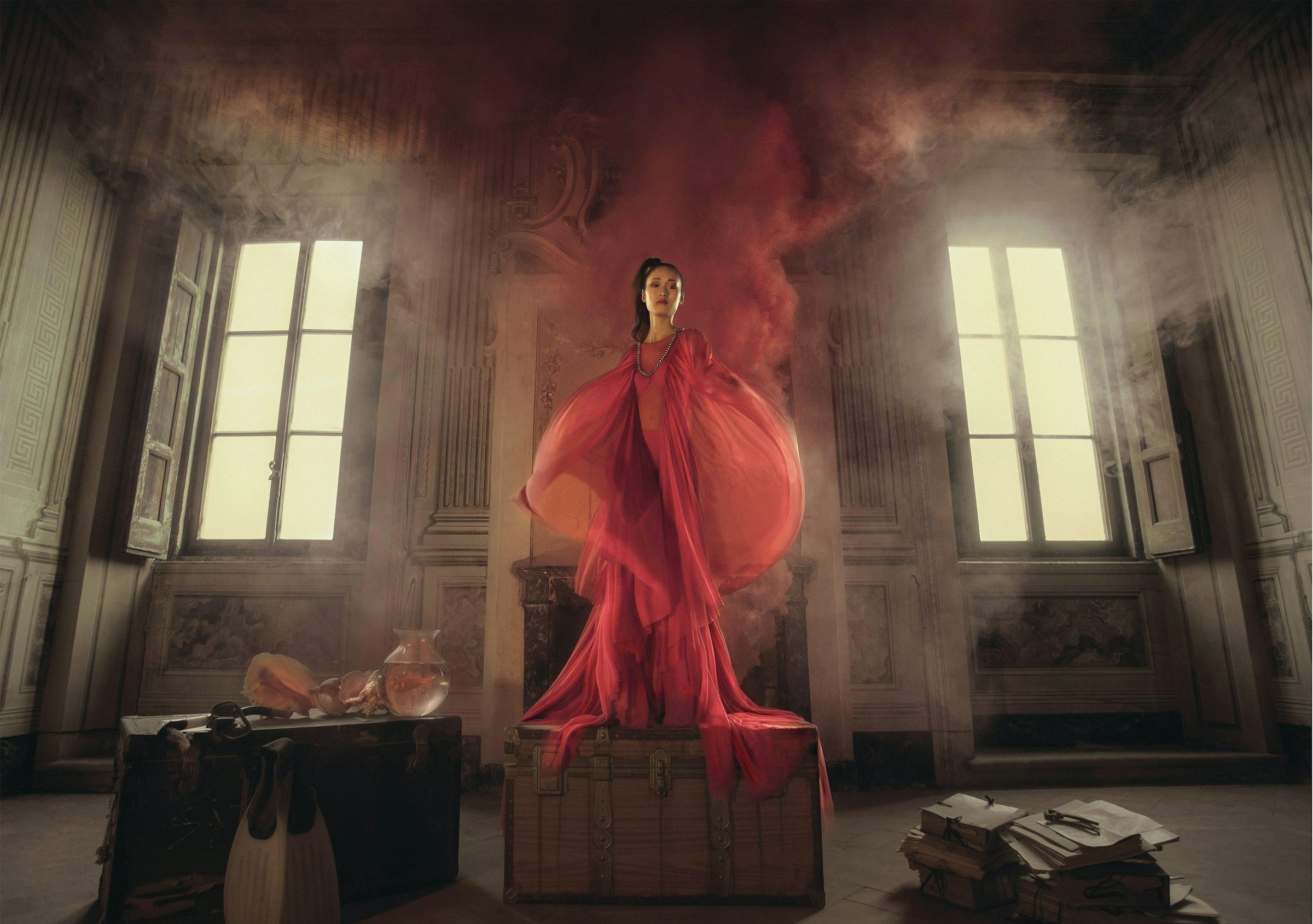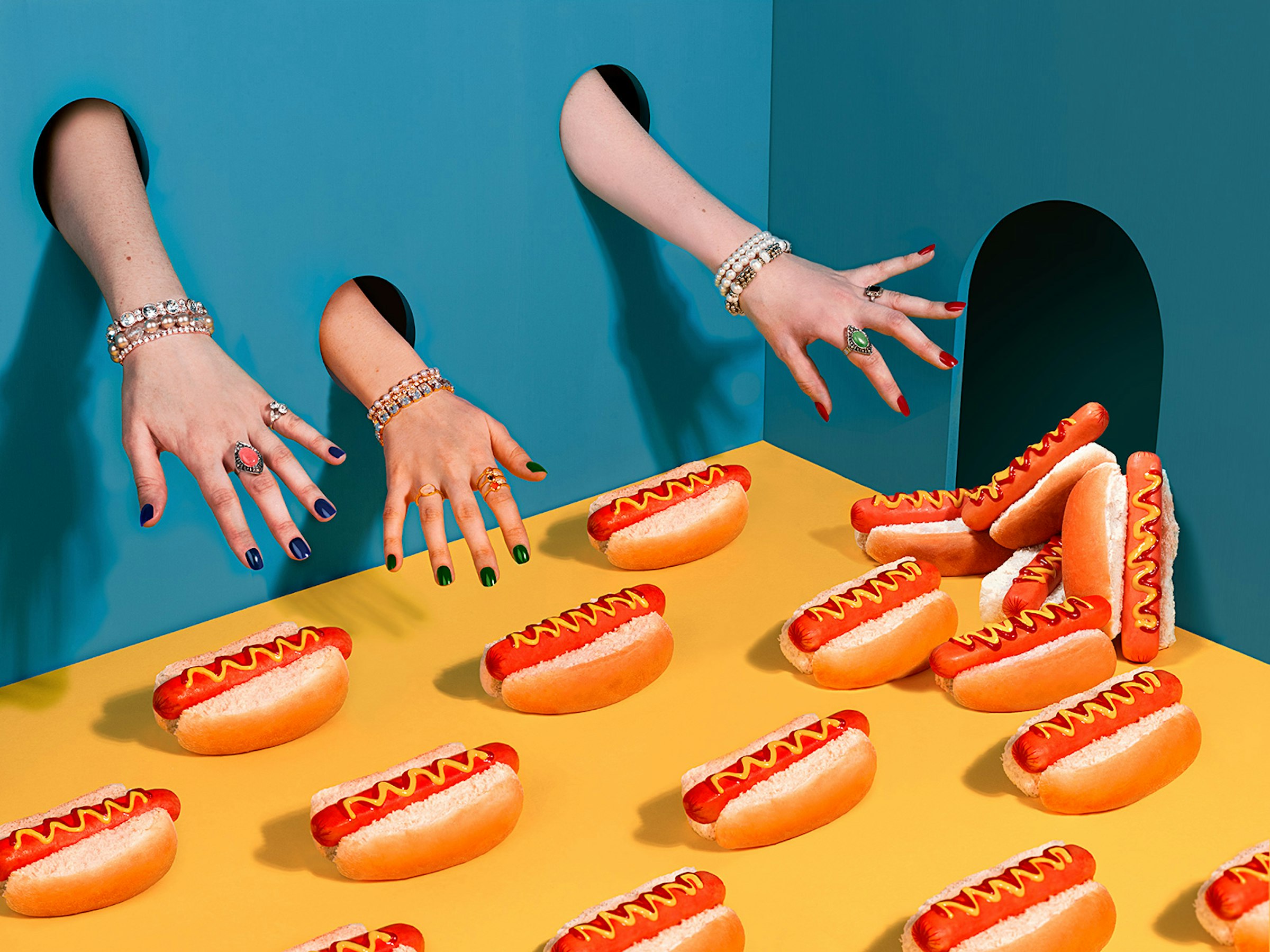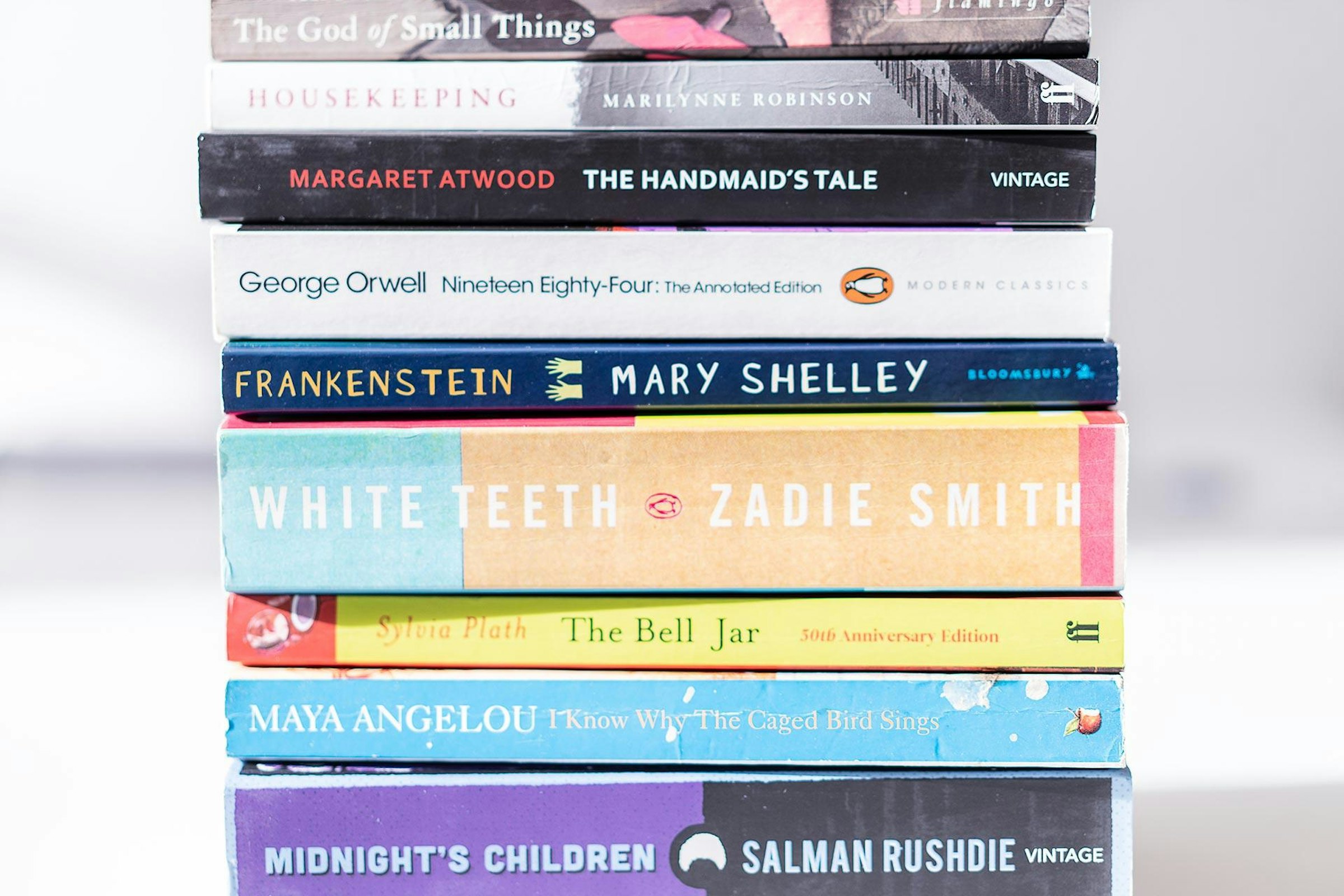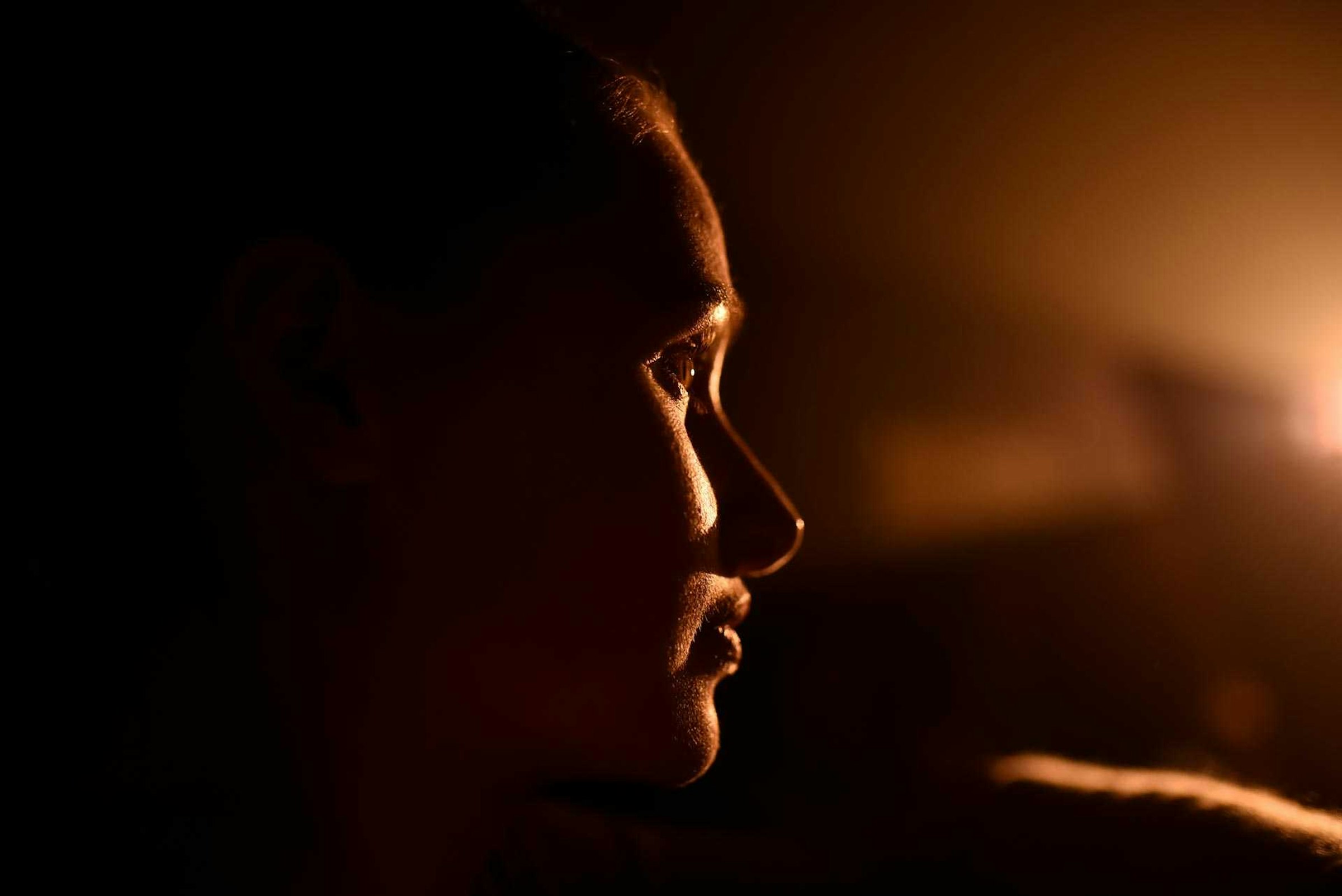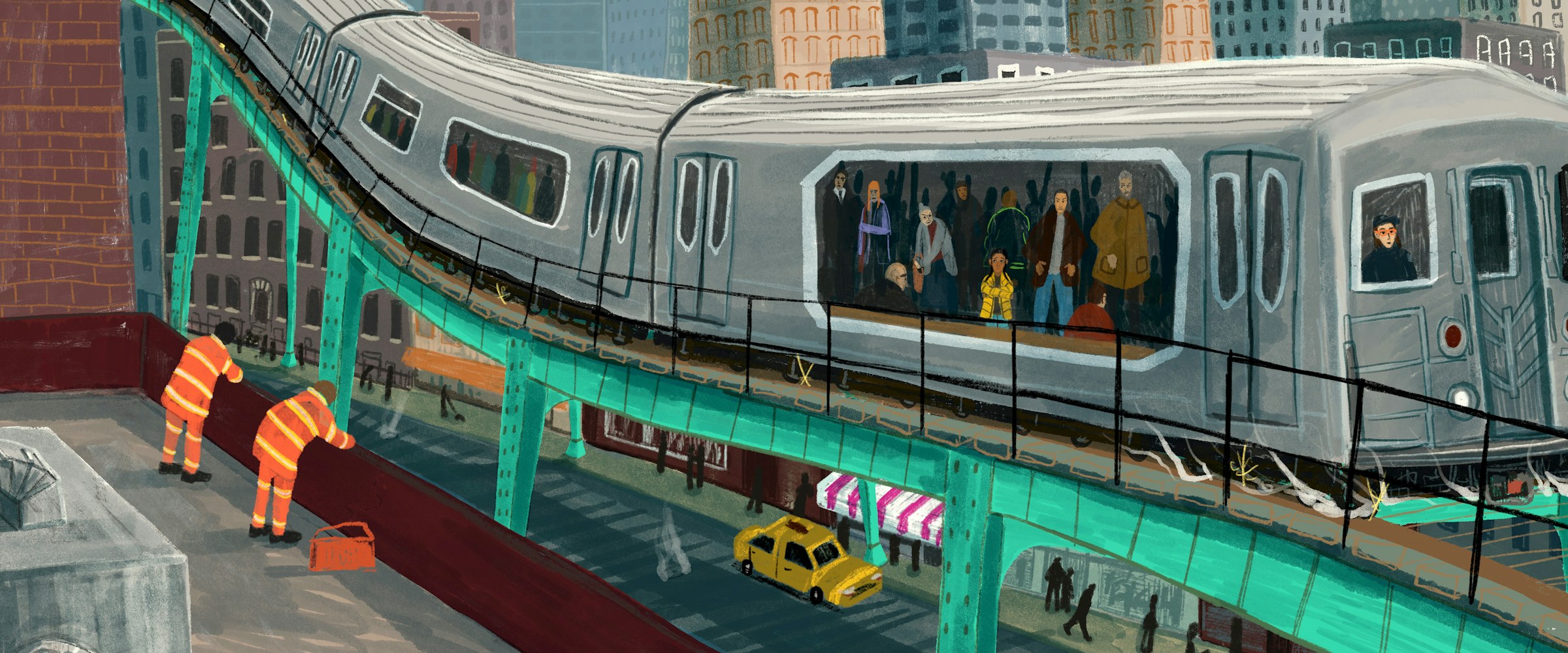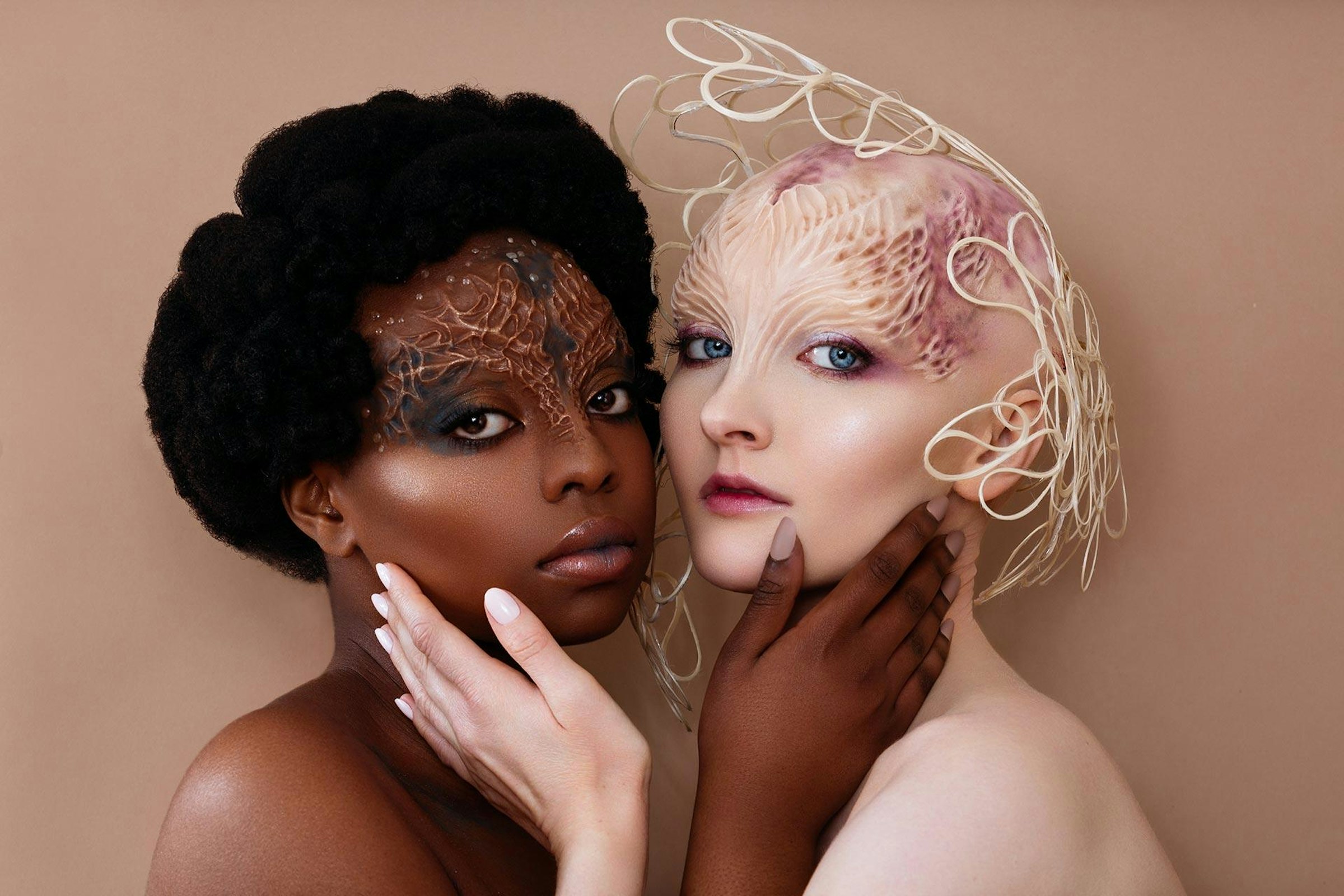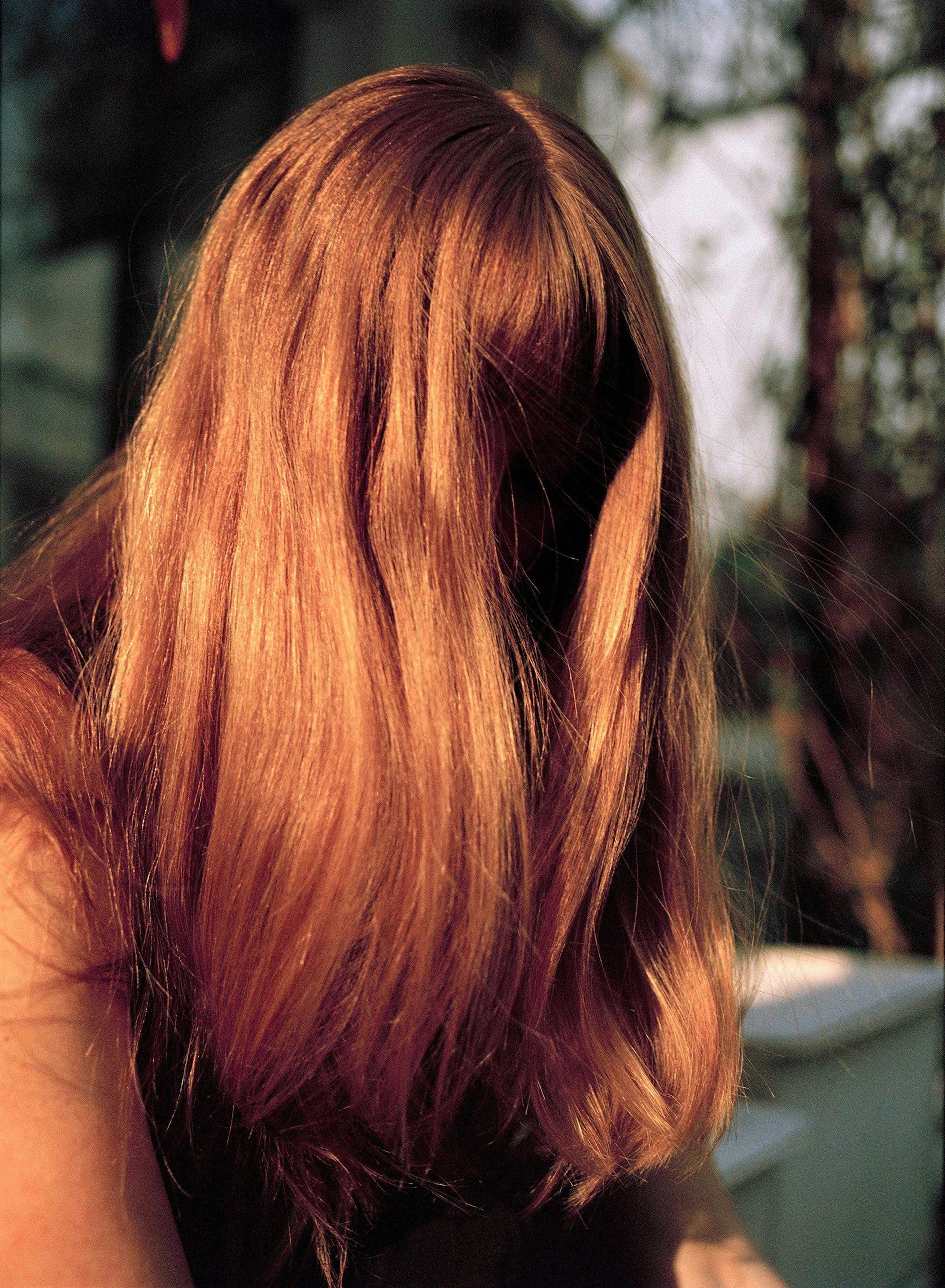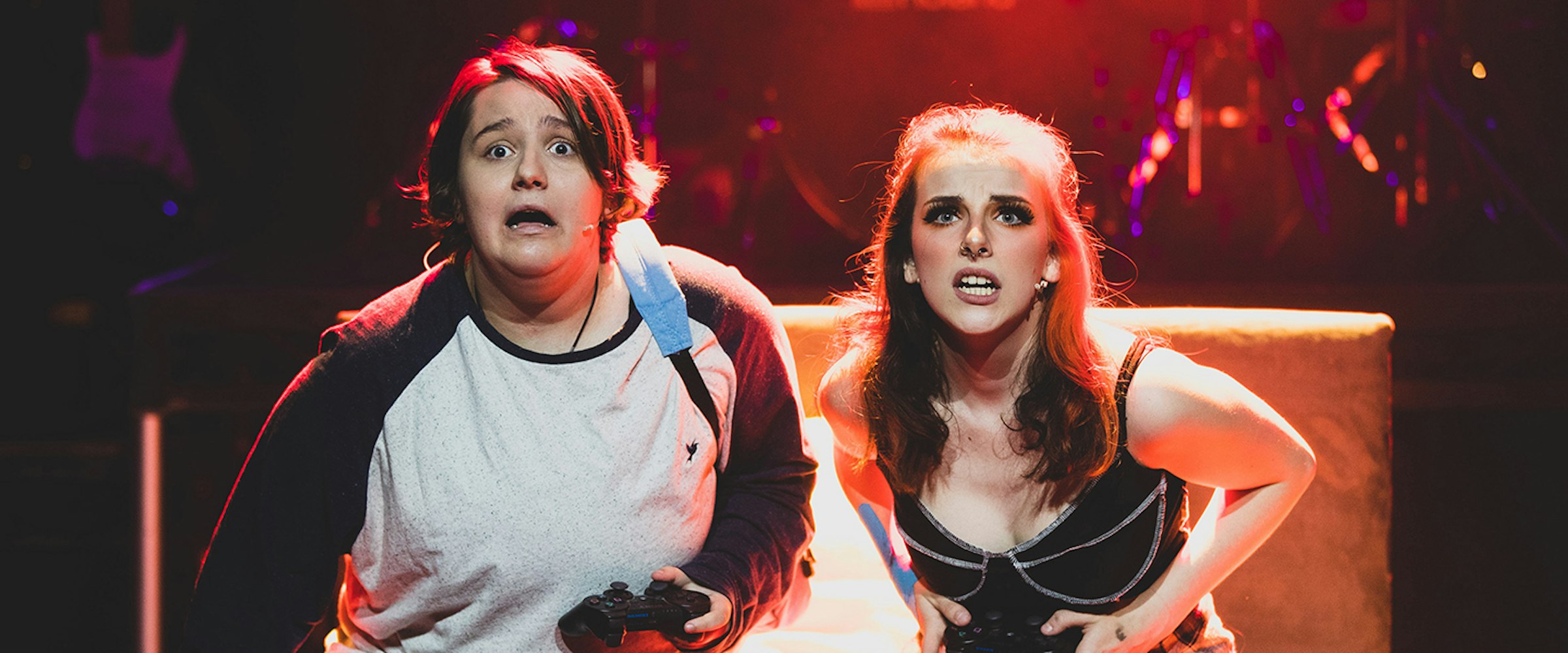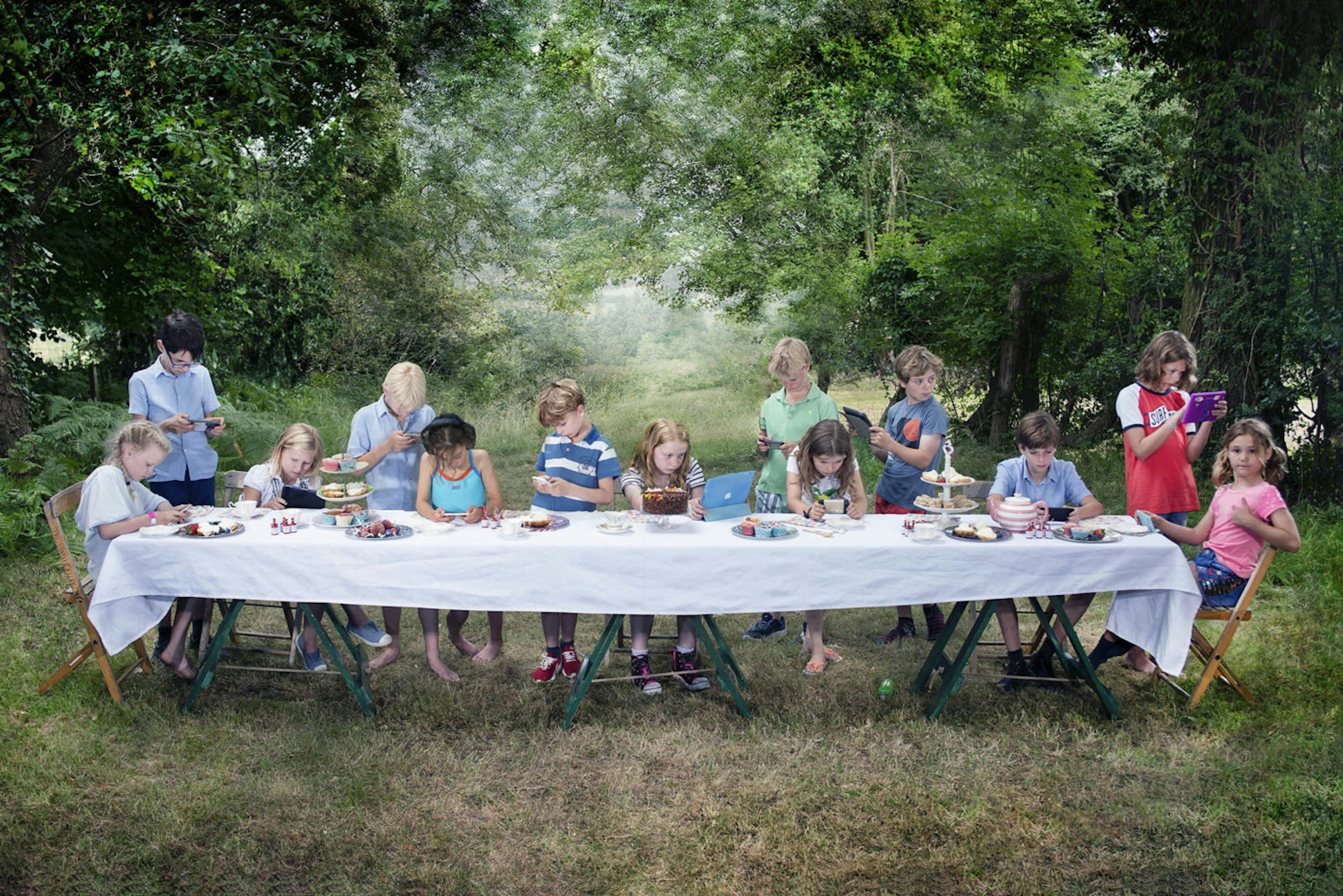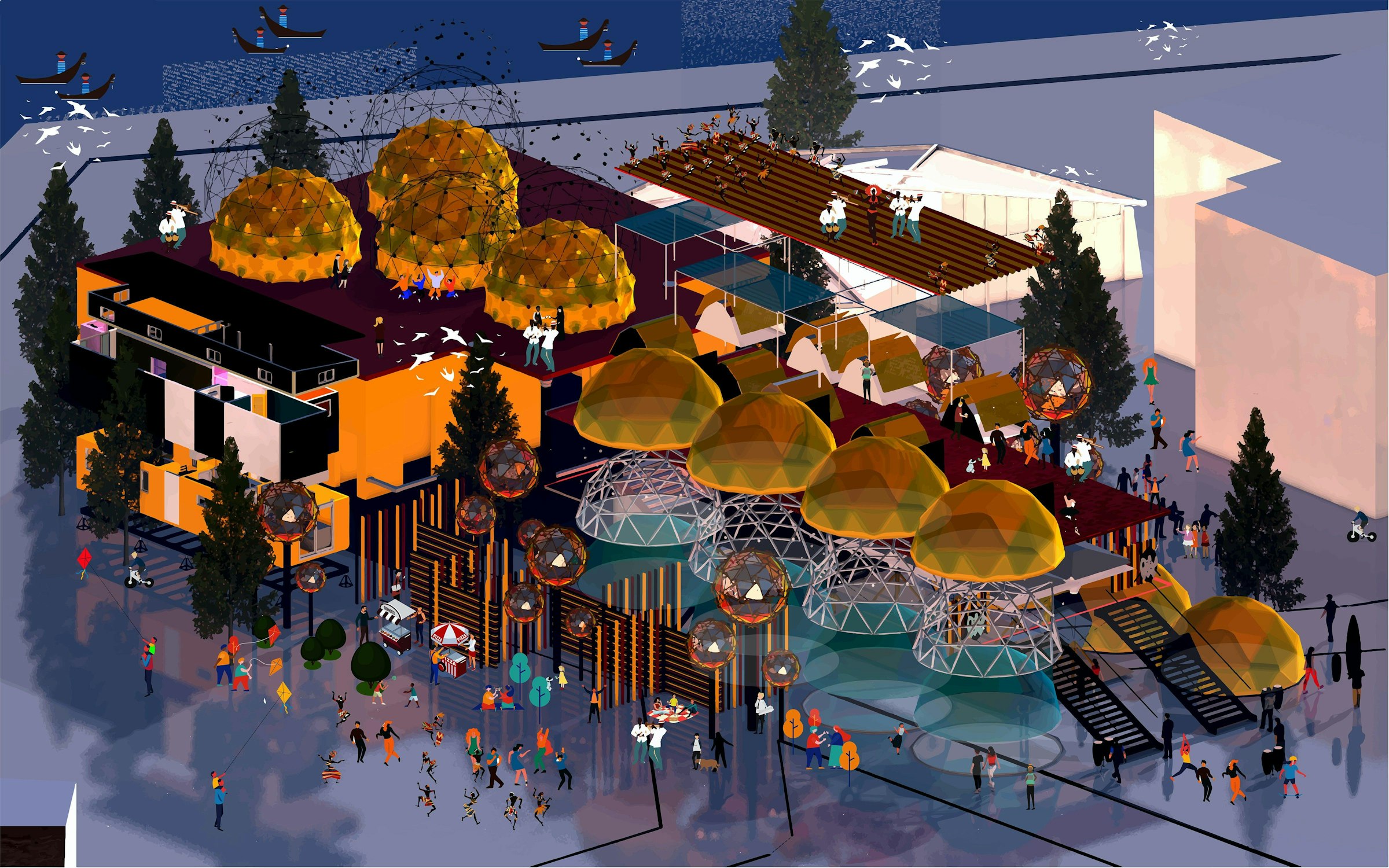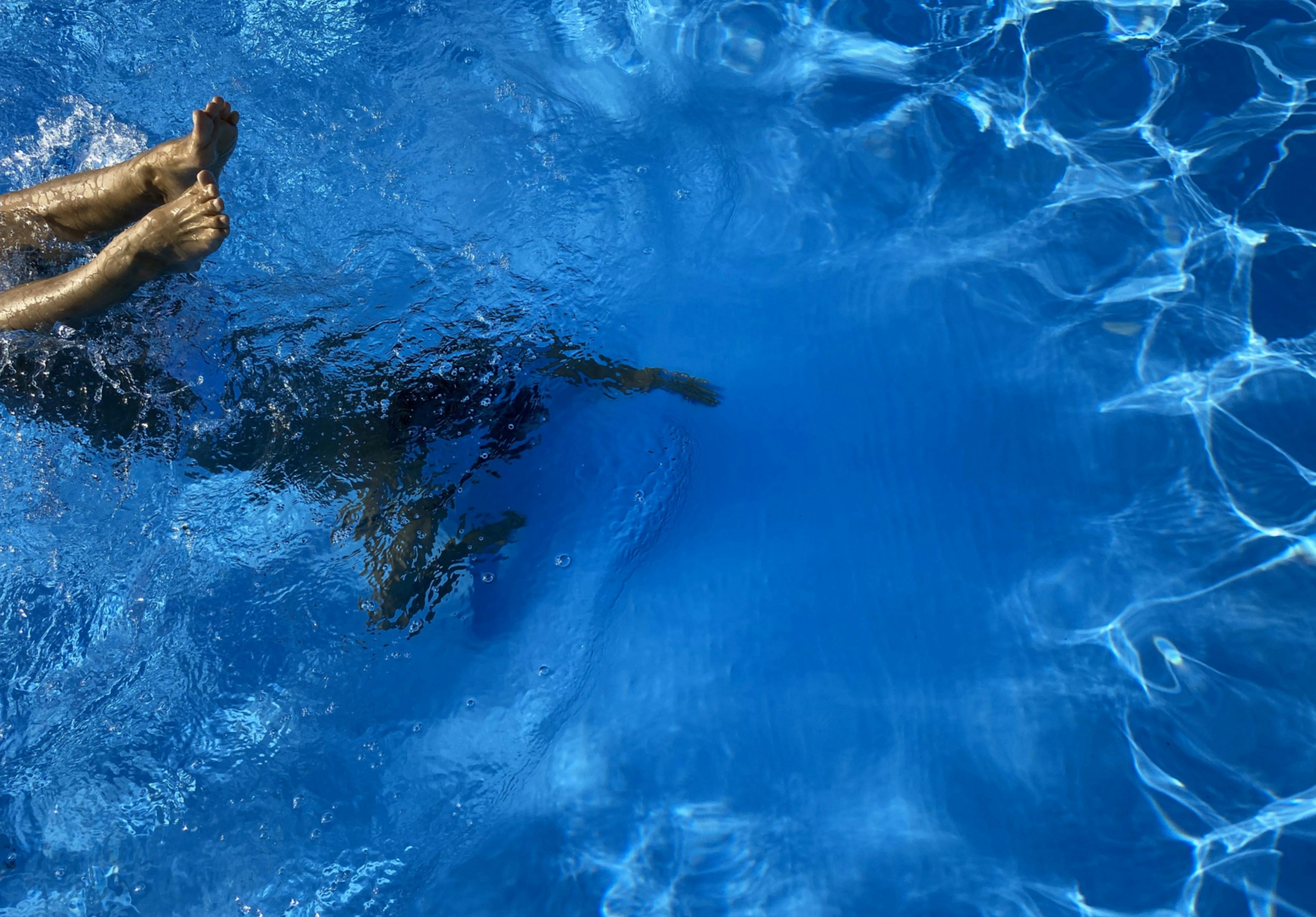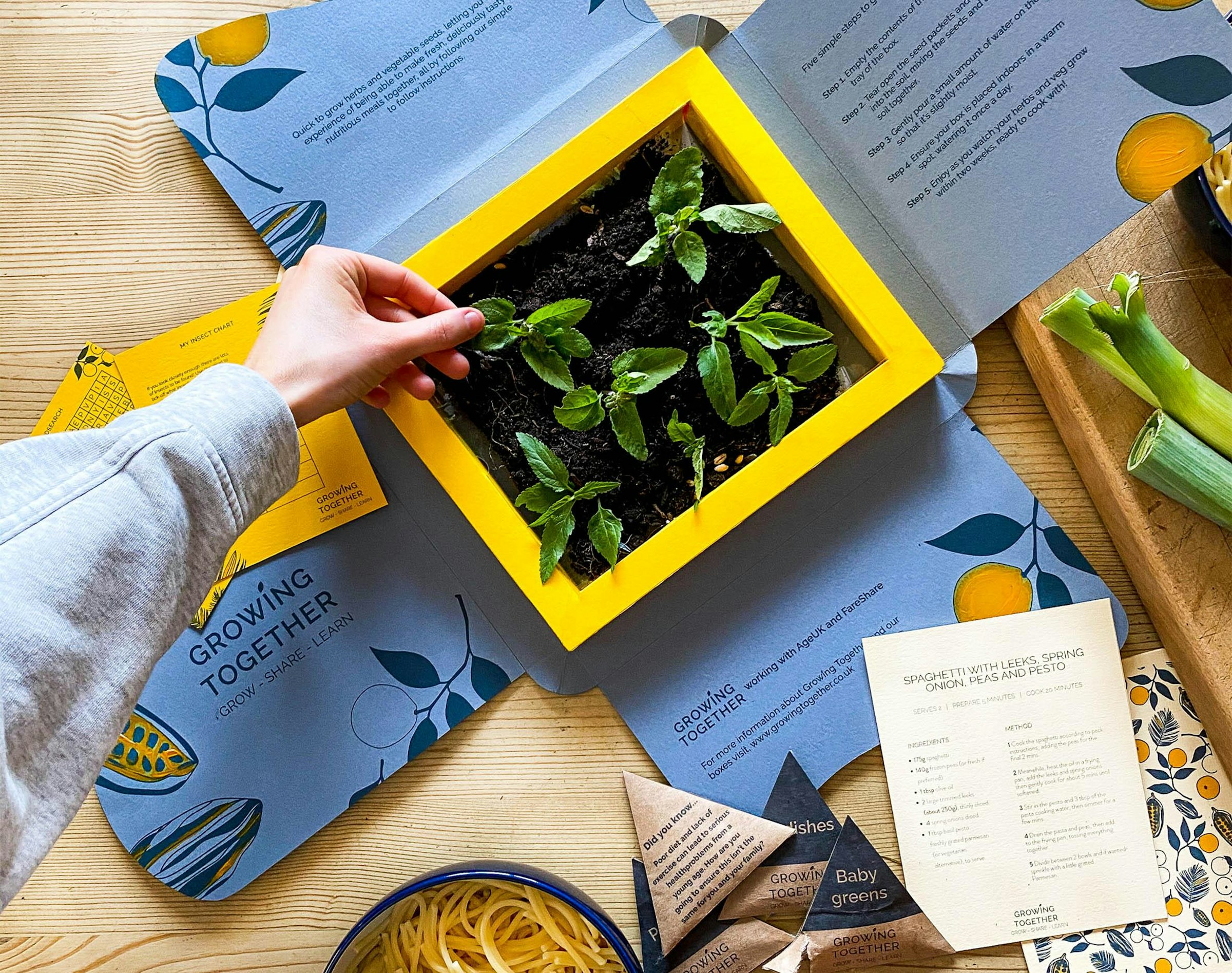You are using an outdated browser. Most of this website should still work, but after upgrading your browser it will look and perform better.
- Home
- Undergraduate Courses
- BA (Hons) Graphic Design
BA (Hons) Graphic Design
- Duration: 3–5 years full-time
- Placement year: Optional 1 year
- Course code: W210 (UCAS)
- Institution code: A66 (UCAS)
Overview
Thinking through making is core to the BA (Hons) Graphic Design course. "Bringing ideas to life" involves taking a concept or thought and turning it into a tangible reality or action that's expressed through creativity, innovation, and craft. This approach promotes design practice as a conversation, not a monologue, where you're encouraged to work with one another collaboratively on set and industry-led projects.

Benefit from deep professional and practical knowledge.
BA (Hons) Graphic Design at AUB is driven by passion for conceptually led projects and collaboration with industry partners.

Embrace innovative technologies and address design challenges.
You'll learn to respond ethically, with curiosity, and strategically to new challenges such as climate emergency, social injustice, economic inequality, and cultural development.
Watch our course videos
Find out from students Paul and Nayanika about what it’s like to study BA (Hons) Graphic Design at AUB.
Course leader Marion Morrison talks about what to expect from studying BA (Hons) Graphic Design here at AUB, and Senior Lecturer Alice Stevens explains how graphic design is changing the world.
Course gallery
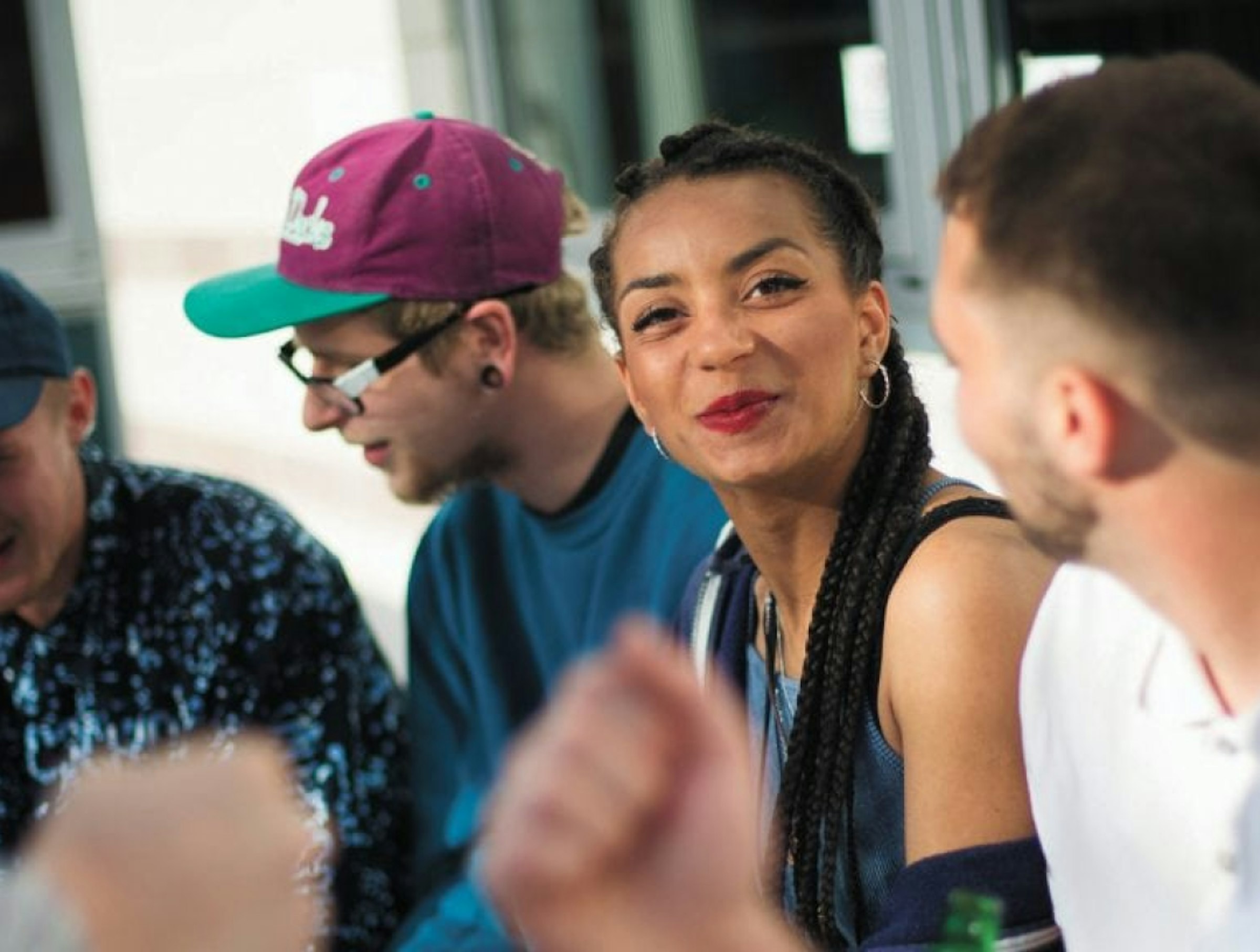
Chat to a student
Our student ambassadors are here to answer any questions you might have on university life, our courses and all things AUB.
Chat on Unibuddy